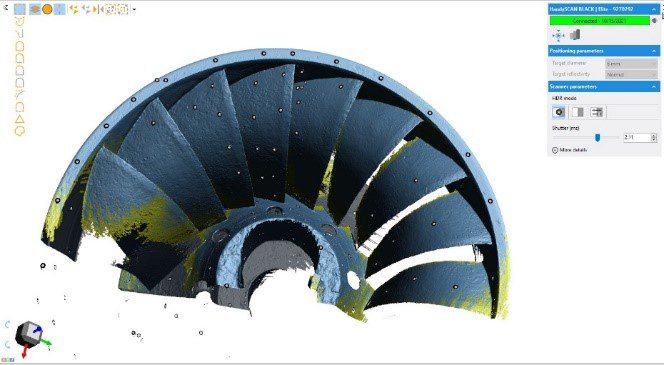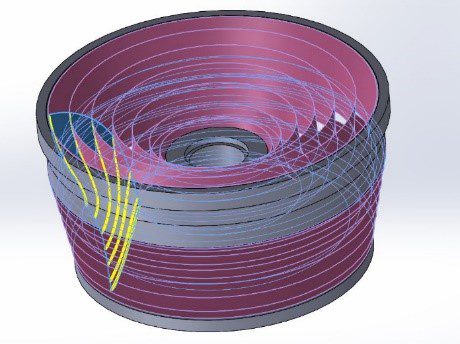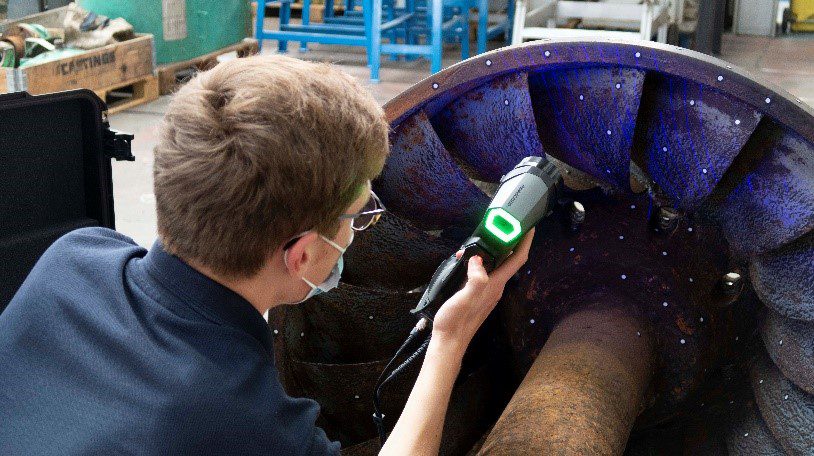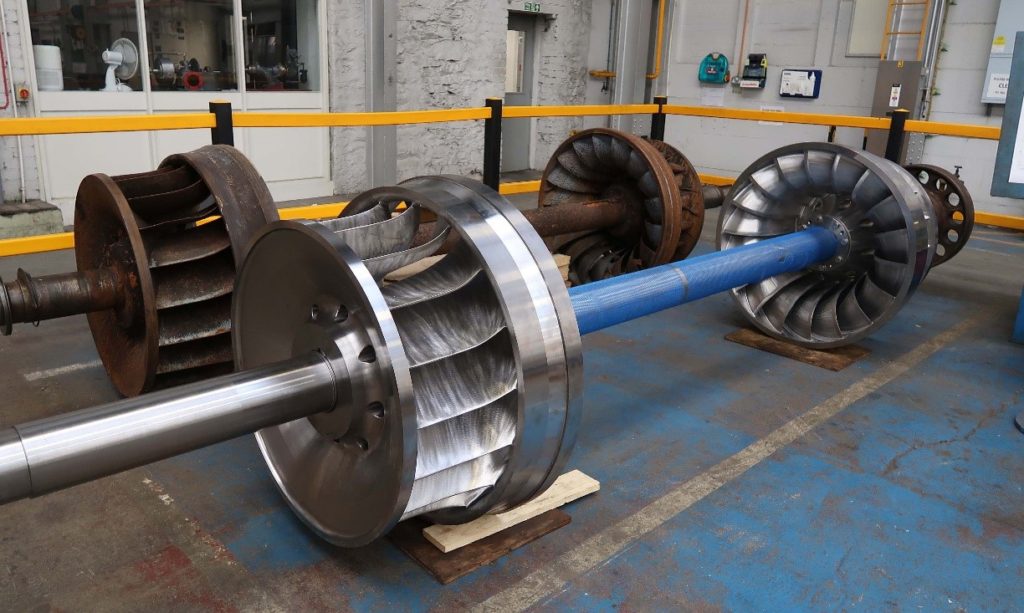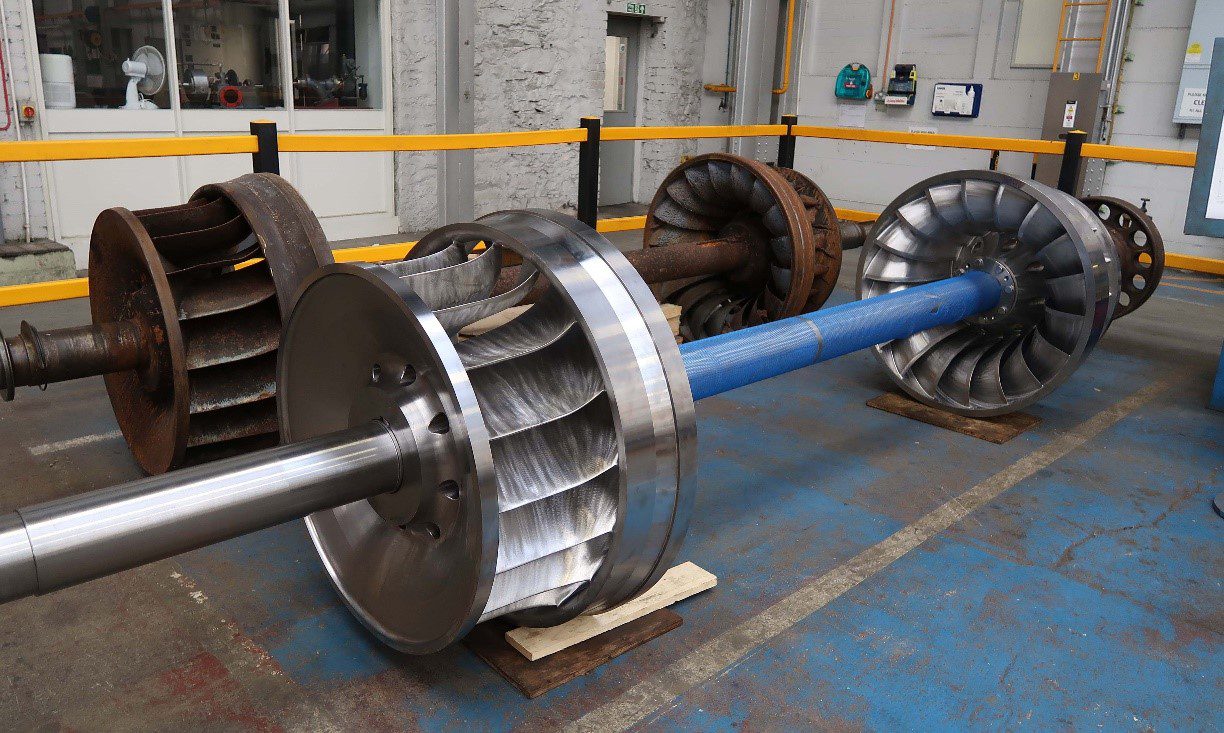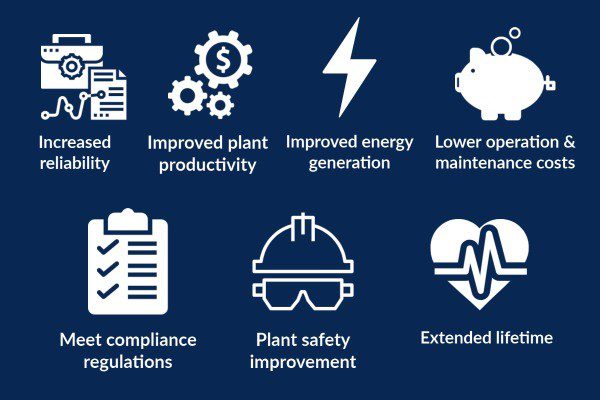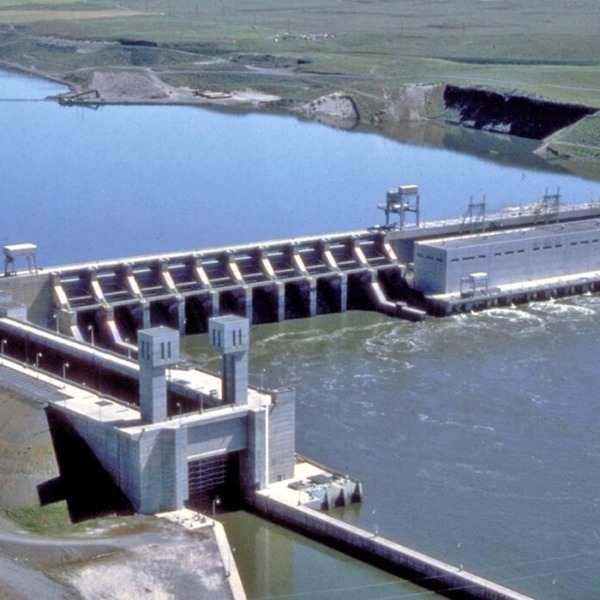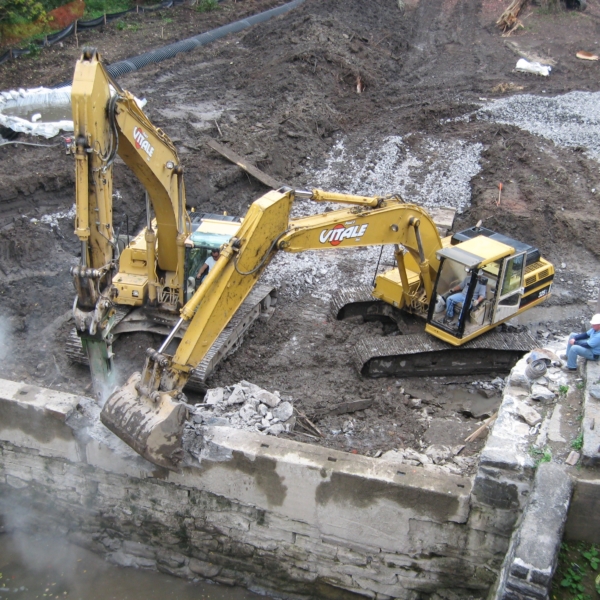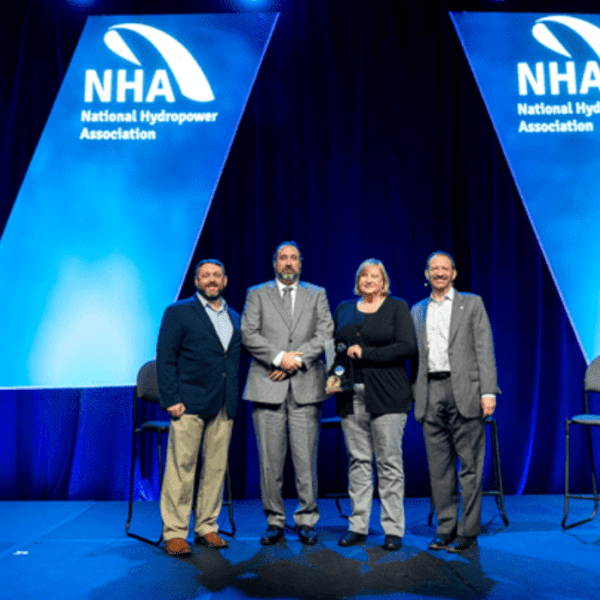Sponsored Content
Hydropower turbines have an unparalleled life span. However, at some point during the life of a hydro plant, there will undoubtedly come a time where plant modernization will be required and certain aspects will have to be replaced, refurbished, or upgraded.
Modernization can improve the overall efficiency of a hydro plant. Increased generation and reduced downtime can provide improved annual energy production due to higher reliability and lower operator dependence.
Optimizing components with updated technology can help meet changing compliance regulations and offer plant safety improvement.
MODERNIZATION STARTS WITH condition assessment
Initial site survey and condition assessments identify required refurbishment and optimization work for both mechanical and electrical equipment: From small components, through re-governing, right through to complete turbine replacement resulting in improved performance and functionality.
Refurbishment work of aging equipment will usually involve:
- Reconditioning of existing components to as new.
- Replacement of secondary or minor components.
- Direct replacement or equivalent spare parts.
While further optimization of the hydropower plant would move on to:
- Replacement of primary components with updated technology.
- Replacement of significant parts of the installation.
- Complete replanting of the scheme.
Gilkes has a great deal of experience from single part replacement or upgrade to fully rehabilitating entire hydro installations back to their optimum working levels.
CASE STUDY: KING COVE HYDRO REFURBISHMENT
Gilkes Hydro recently conducted the refurbishment of the Delta Creek Hydro Plant in Alaska.
The City of King Cove in Alaska is a community of less than one thousand residents, located on the western end of the Alaskan Peninsula. It is one of the largest Aleut communities in Alaska and is a progressive waterfront community with two harbours supporting a year-round fisheries economy.
One of the state’s largest fish processing operations, Peter Pan Seafoods, is in King Cove. The Community generates around 90% of its electricity from renewable sources, dramatically reducing its dependence on diesel.
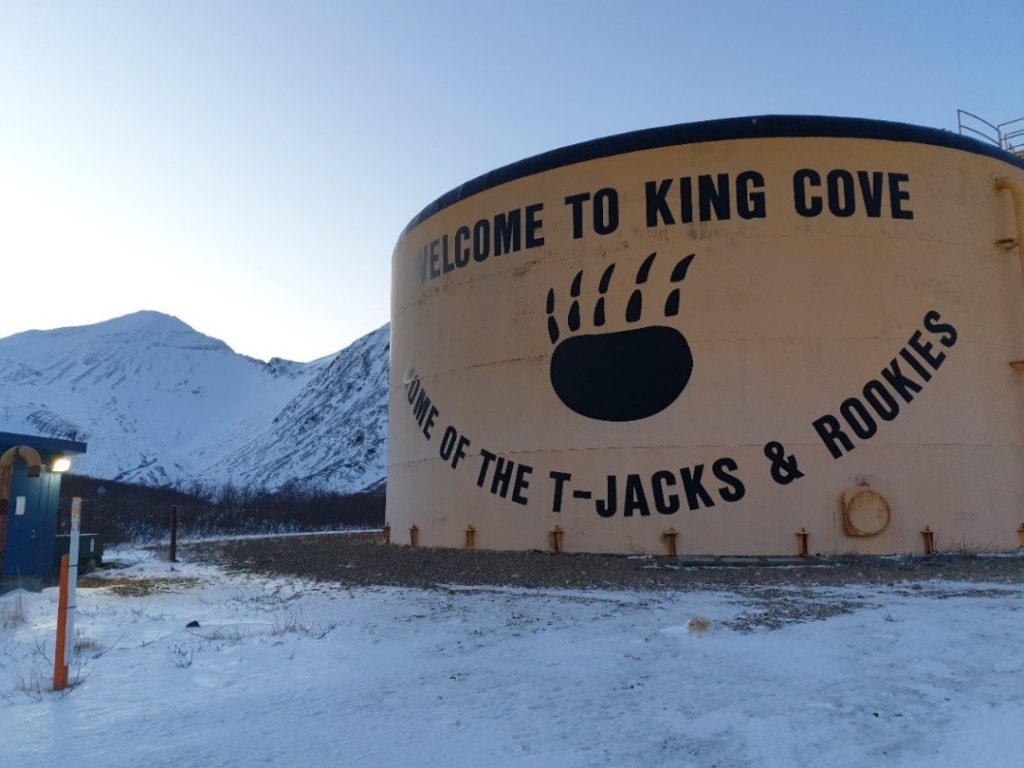
In 1994, Gilkes supplied a twin jet turgo for the first of two hydroelectric facilities. This was the Delta Creek Hydro facility with an original power output of 834 kW. The current electric demand is about 5 MW and is met with about 4.3 MW from the two hydro facilities, with Delta Creek making up about 65% of this supply.
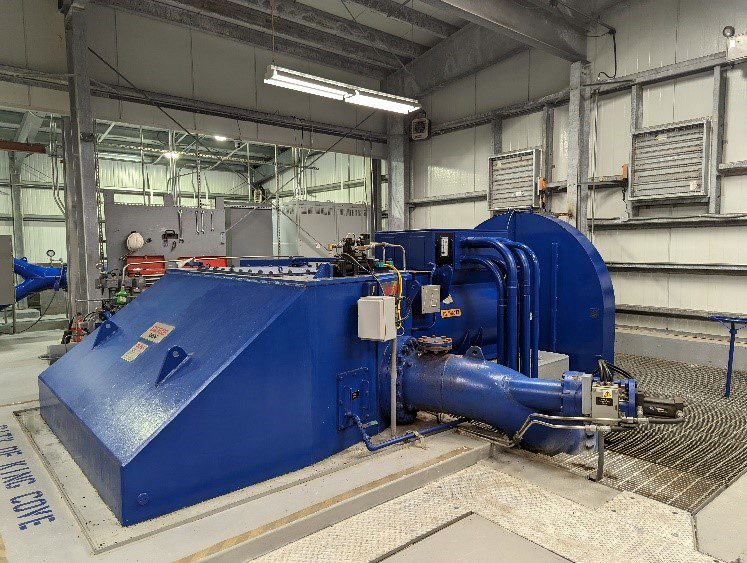
In 2021, Gilkes were approached by the customer to conduct some refurbishment work on the turbine. The work was scheduled around the non-peak season and the recent travel restrictions; the work consisted of replacing the runner and other worn parts including nozzles, spear rods, and deflector plates.
The two runner images show the wear on the original runner and the new runner with a Belzona coating providing enhanced durability.
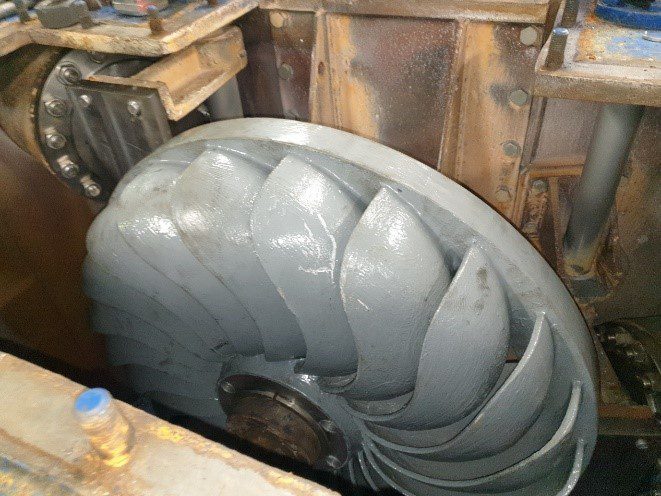
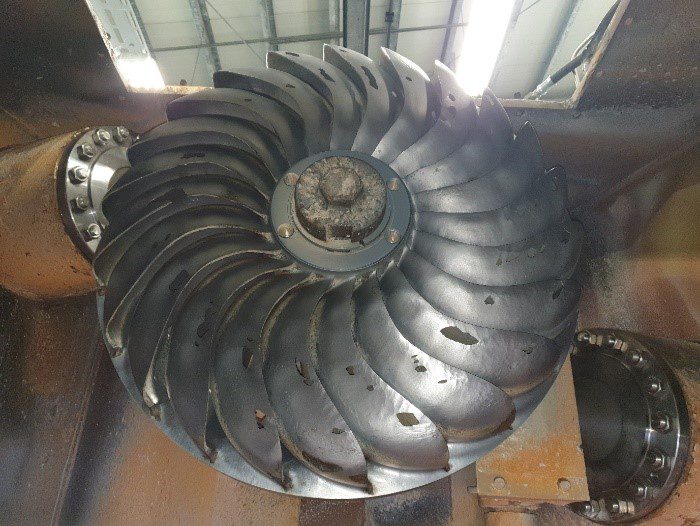
REVERSE ENGINEERING
In some cases, the age of the turbine means that full drawings or CAD do not exist. For these projects, Gilkes can reverse engineer and re-manufacture the original turbine components in precise detail.
Gilkes reverse engineering capability is centered on its three-dimensional (3D) scanning technology. A Creaform handheld laser scanner allows access to complex turbine geometry capturing detail up to 25µm resolution. Surfacing software is then used to automatically thin the dense scan data and fit the cleanest possible CAD surfaces through the scanned points. The 3D CAD model then becomes the basis for manufacture of new components that fit seamlessly with existing machinery.
Capability in Action at New Lanark Mills
The World Heritage Site at New Lanark Mills, Scotland, commissioned Gilkes to refurbish a 1931 twin-runner Francis turbine originally installed by Boving. Despite being in an advanced state of decay, it was possible to scan enough of one runner to recreate the full hydraulic geometry. The resulting 3D CAD model was used to validate the hydraulic and structural performance of the design before CNC milling replacement turbines.
